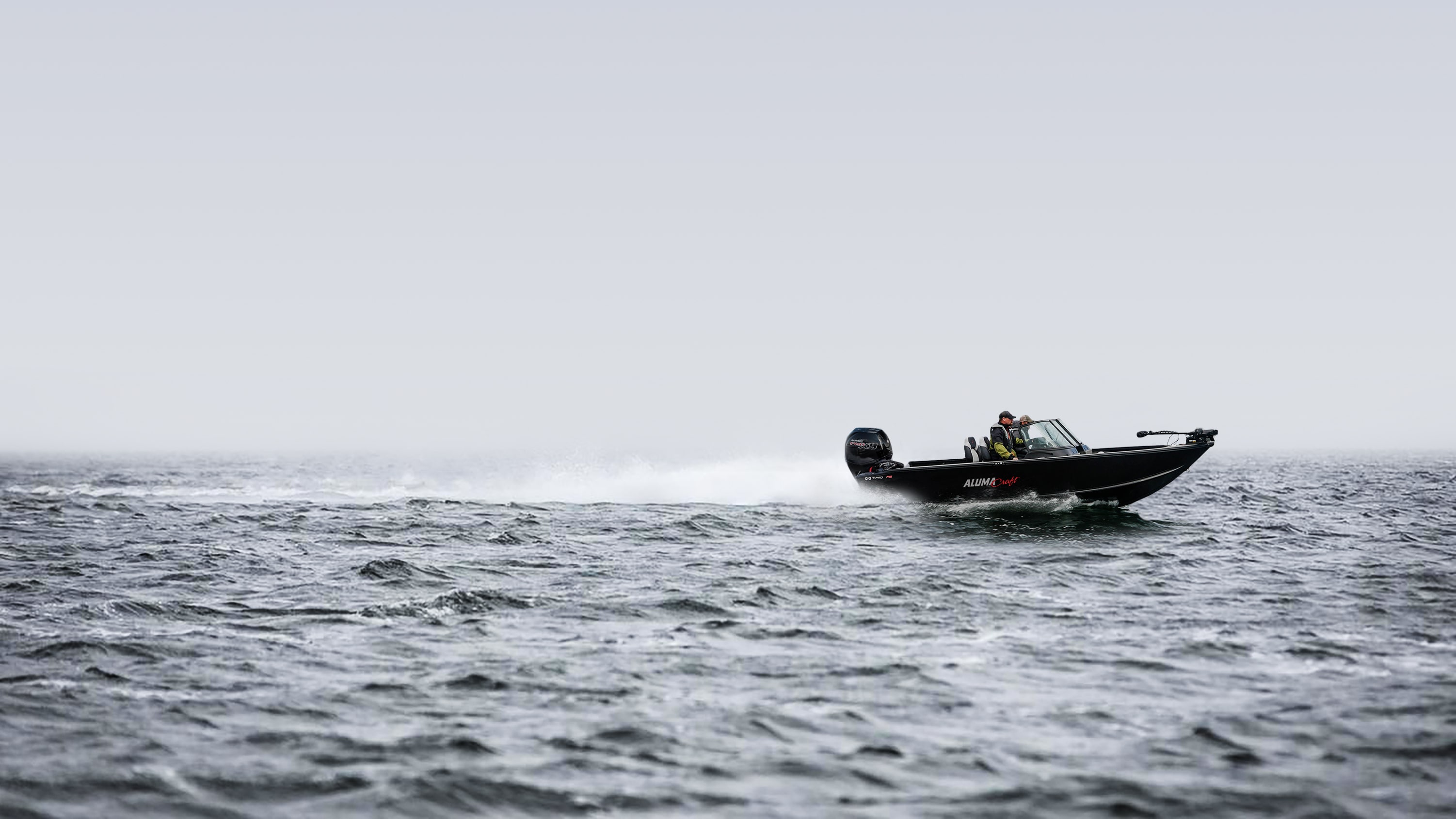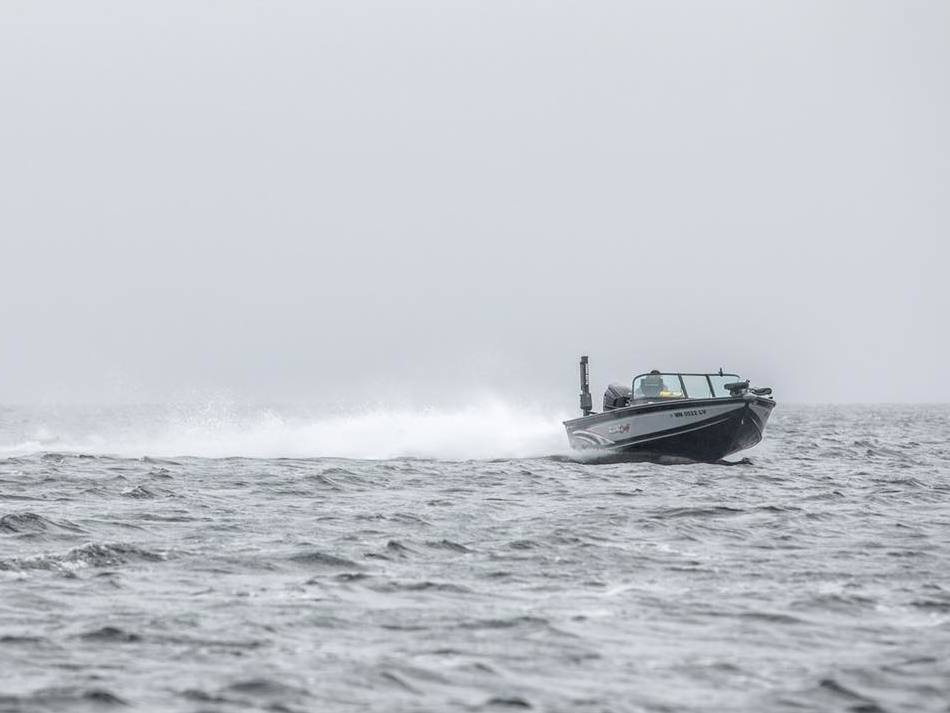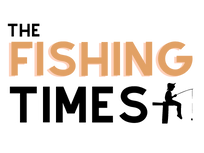Navigating a fishing boat in angry waters can be a daunting task, but with the right preparation and knowledge, it can be a thrilling experience. Knowing how to read the water, how to predict potentially dangerous conditions, and how to handle the boat in those conditions is essential to staying safe and having a successful fishing trip.
By understanding the different ways to read the water and wind, as well as having the right equipment and safety measures in place, you can confidently and successfully navigate your fishing boat in even the most tumultuous waters.

Prepare for a Fishing Trip in Stormy Conditions
If you’re planning to fish in stormy waters, you need to be ready for a potentially dangerous trip. If you are heading out into waters that are known to be rough, you want to ensure you have all the equipment and safety measures in place to handle a potentially dangerous situation.
The primary concern in these waters is the potential for waves, wind, and lightning. These are particularly hazardous because they are unpredictable. You can never be sure of what will happen or when, and you can’t control the situation. You might be in danger at any moment.
Even in relatively calm waters, it’s important to remember that you are on the water. You are surrounded by dangerous wildlife, unpredictable currents, and hidden obstacles. No matter how calm the waters look, you should always be aware of your surroundings.
How to Read the Water and Wind
When navigating your boat in angry waters, reading the water and wind are the first things you should do. The water will tell you a lot about the current weather and what to expect next. It will also tell you what to do with your boat to keep it safe. The water around you will show you a variety of different indicators showing you how the weather is moving and changing.
The surface of the water, including ripples, waves, and splashes, can reveal a lot about what’s happening above the surface. There are several different ways to read the water, including the following: – Surface Currents – Surface currents are most easily spotted in areas where there are no obstructions. They look like a large, long, slow-moving river flowing across the surface of the water.
They can be the result of a few different factors, including tides, wind, or possibly a river dumping into the sea. When you’re in the middle of a large body of water, you can sometimes see a small change in the current where one side of the boat is being pushed against the current while the other side is going with the current.
- Surface Tension – Surface tension is a very fine line that connects the water to the air when the water is foggy or misty. This line has a bit of tension and acts like a barrier between the air and water. The tension can break when the air gets too heavy, like when a storm moves in, causing the water to rise and the air above to fall. This can cause the surface to ripple.
- Waves – Waves are created when there is a disturbance in the water. There are three types of waves: surface waves, internal waves, and swell. Waves are formed when the wind hits a large body of water. The water will hit the shore and create a ripple effect that moves out from the shoreline. These ripples will either hit your boat or pass by. If the water is calm, you will see the ripples move past your boat. If the water is choppy, there is a good chance the ripples will hit you.
- Spray – Spray is created when the waves hit an object like your boat. The spray looks like a thin misty spray that moves in the same direction as the waves. The spray is a good indicator that waves are coming. Spray can hit your boat from any direction, though the side of the boat is most likely to get hit with spray from waves coming from the side.

Fishing Boat Safety Equipment
The best way to navigate your fishing boat in anger waters is with proper safety equipment. You need to make sure you have a life jacket for every person on board. You should also have a PFD for every person on board, as well as a throwable rescue device. You’ll also want to make sure you have a working anchor system, a proper fire extinguisher, and a handheld marine radio.
This equipment will ensure your and your crew’s safety in rough waters. A life jacket is the most important safety requirement on any boat. A PFD is required on any boat that is 16’ or longer, so this includes most fishing boats. A life jacket is a minimum requirement for safety on all boats. Make sure the life jacket has a USCG approval label on it. The jacket should be appropriate for the weather conditions.
Establishing a Navigational Plan
The navigational plan is how you plan to get where you want to go. You want to use the water to help you navigate your way to the fishing grounds. The water will have currents, eddies, and any number of other factors that you can use to your advantage.
You want to be able to read the water and use those currents and eddies to help you get to the fishing grounds faster and more efficiently. The best way to do this is to start with a nautical chart of the area. You want to be able to look at the water and see the currents and eddies. This way, you can plot a course that allows you to use the current to your advantage, helping you get to the fishing grounds faster.
Understanding Boat Handling in Angry Waters
Angry waters are the most challenging waters to navigate a fishing boat in. You want to make sure you have a good understanding of the boat, know how to use all the equipment, and that the crew knows their responsibilities. The first thing you want to do is get an understanding of the boat’s handling in calm water.
This will give you a basis for comparison when you’re in angry waters. You want to test the boat’s steering, speed, and manoeuvrability in calm conditions so you can compare it to how it performs in angry waters. You want to pay attention to the following things:
- The way the boat responds to the controls
- How quickly the boat responds to your steering
- How quickly the boat responds to your throttle and props changes
- How quickly the boat responds to your bow and stern controls
- How easily the boat turns left or right
- How quickly the boat stops
- How easily the boat turns left or right
- How quickly the boat gets up to speed
- How quickly the boat slows down

Learning to Make Quick and Safe Decisions
When you’re in angry waters, everything is faster. The current is stronger, the wind is stronger, and everything happens more quickly. You want to make sure you are prepared to make quick decisions. You want to be able to recognize potential danger and be able to make an appropriate decision. When you’re in angry waters, dangerous situations can arise quickly.
You want to be ready for any situation and know what to do when trouble arises. Here are a few examples of dangerous situations you might encounter and how to respond:
- Currents – Currents can push you into something. You want to be ready to respond quickly to get out of the way. If you’re in a narrow channel or eddy current, you want to be ready to make a quick decision to change course or pick a better route.
- Wind – You want to remember that the wind is stronger in angry waters. You should be ready for gusts of wind, especially at the end of the day when the wind dies down. You might also have to deal with a squall that comes in quickly before picking up again. You want to remain vigilant and ready to respond quickly to gusts or squalls.
Navigating the Boat in Stormy Conditions
Stormy waters are the most challenging waters to navigate your boat in. If you’re fishing in these conditions, you want to make sure you are completely prepared. You want to ensure you have all the safety equipment, you know how to use it, and that the crew knows what to do in each situation.
Most importantly, you want to be aware of the potential dangers and be ready to react quickly if trouble arises. You want to be ready to respond to anything that comes your way.










